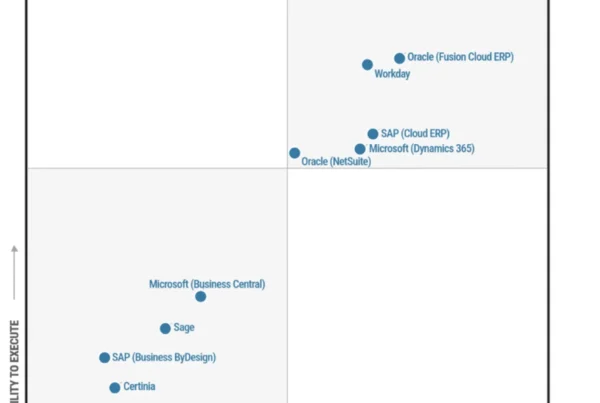
Identity authentication is a crucial part of any fraud protection and access management service. That is why Microsoft Dynamics 365 Fraud Protection and Microsoft Azure Active Directory work well together to provide customers a comprehensive authentication seamless access experience. In this blog of our fraud trend series, we explore how proper authentication prevents fraud and loss before it happens by blocking unauthorized or illegitimate access to the information and services provided. Check out our previous blogs in this series where we explore fraud in the food service industry, holiday fraud, and account takeover.
While most places still have some degree of lockdown in place, people must rely on online services more than ever before, from streaming and ordering takeout to mobile banking and remote connection. Today users have to manage more accounts than ever before. Each of these online services can be compromised and their identity stolen. While total combined fraud losses climbed to $56 billion in 2020, identity fraud scams accounted for $43 billion of that cost, according to Business Wire. Businesses need to have a way of protecting their users even when their identity has been compromised.
A good identity and access management (IAM) protects users, a great IAM does it without being seen. Customers today already must deal with too many MFA, 2FA, CAPTCHA, and other hurdles to prove their identity. While these are important tools to differentiate humans from bots, they can also be a pain to deal with. That is why leading IAM companies are working to stay ahead of the competition by enabling inclusive security with Azure Active Directory and Dynamics 365 Fraud Protection.
These capabilities will help you protect your users without burdening users
- Device fingerprinting. Our first line of defense, before users attempt an account creation or login event. Using device telemetry and attributes from online actions we can identify the device that is being used to a high degree of accuracy. This information includes hardware information, browser information, geographic information, and the Internet Protocol (IP) address.
- Risk assessment. Dynamics 365 Fraud Protection uses AI models to generate risk assessment scores for account creation and account login events. Merchants can apply this score in conjunction with the rules they’ve configured to approve, challenge, reject, or review these account creation and account login attempts based on custom business needs.
- Bot detection. An advanced adaptive artificial intelligence (AI) quickly generates a score that is mapped to the probability that a bot is initiating the event. This helps detect automated attempts to use compromised credentials or brute force DDOS attacks.
- Velocities. The frequency of events from a user or entity (such as a credit card) might indicate suspicious activity and potential fraud. For example, after fraudsters try a few individual orders, they often use a single credit card to quickly place many orders from a single IP address or device. They might also use many different credit cards to quickly place many orders. Velocity checks help you identify these types of event patterns. By defining velocities, you can watch incoming events for these types of patterns and use rules to define thresholds beyond which you want to treat the patterns as suspicious.
- External calls. External calls let you ingest data from APIs outside Dynamics 365 Fraud Protection. This enables you to use your own or a partner’s authentication and verification service and use that data to make informed decisions in real time. For example, third-party address and phone verification services, or your own custom scoring models, might provide critical input that helps determine the risk level for some events.
- Azure Active Directory External Identities. Your customers can use their preferred social, enterprise, or local account identities to get single sign-on access to your services. Customize your user experience with your brand so that it blends seamlessly with your web and mobile applications. Explore common use cases for External Identities.
- Risk-based Authentication. Most users have a normal behavior that can be tracked. When they fall outside of this norm, it could be risky to allow them to successfully sign in. Instead, you may want to block that user or ask them to perform a multi-factor authentication. Azure Active Directory B2C risk-based authentication will only challenge login attempts that are over your risk threshold while allowing normal logins to proceed unhampered.
Next steps
Learn more about Dynamics 365 Fraud Protection and other capabilities including how purchase protection helps protect your revenue by improving the acceptance rate of e-commerce transactions and how loss prevention helps protect revenue by identifying anomalies on returns and discounts. Check out our e-book “Protecting Customers, Revenue, and Reputation from Online Fraud” for a more in-depth look at Dynamics 365 Fraud Protection.






